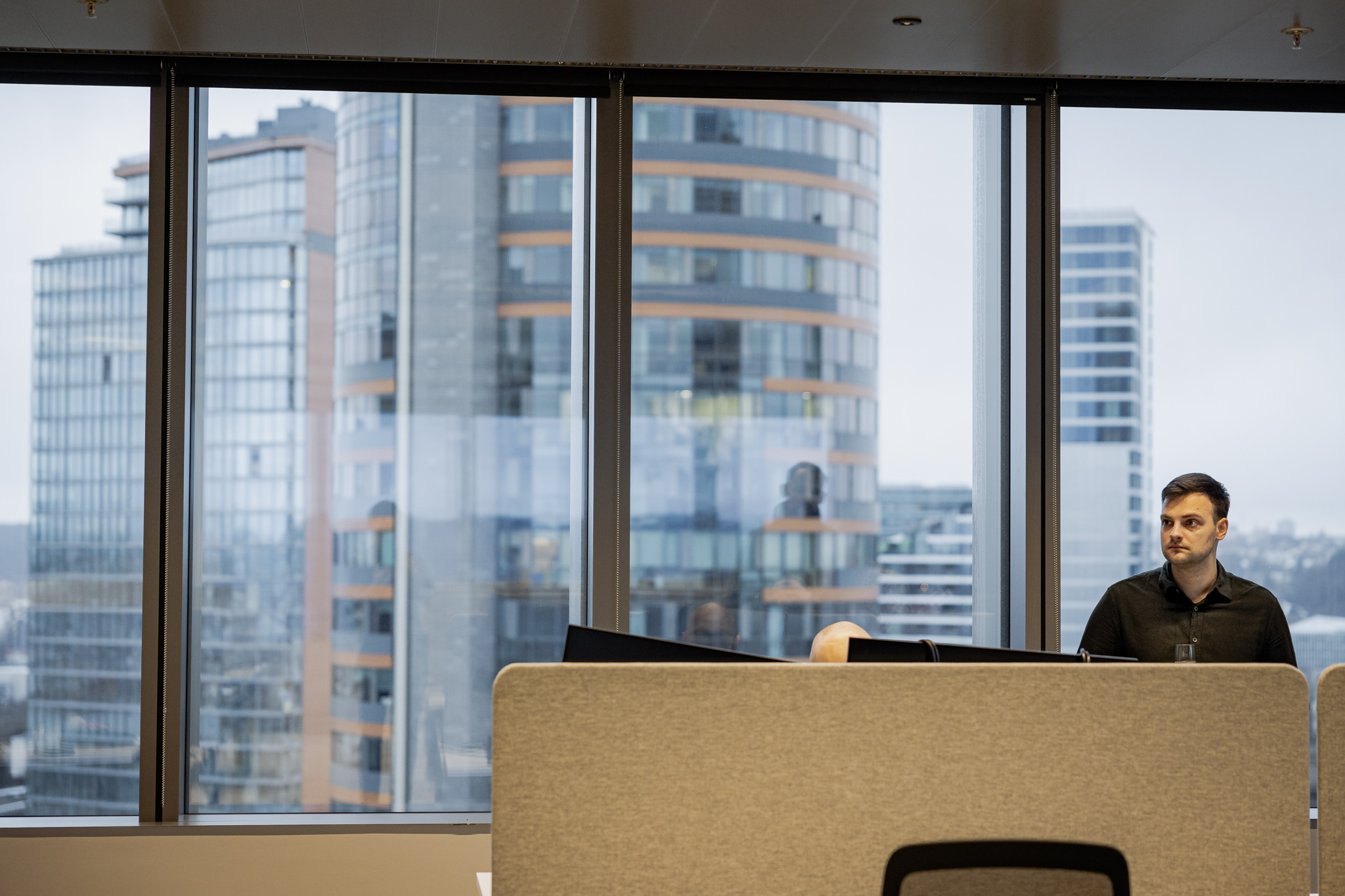Let’s work together
Want to discuss potential opportunities? Pick the most suitable way to contact us.
Book a call+370 5 2 780 400
info@ba.lt
In an era where the urgency of environmental sustainability has reached new heights, the realm of technology plays a vital role in paving the way towards a greener future. According to World Economic Forum (WEF), digital technologies could deliver up to 20% of the 2050 reduction needed to hit carbon neutrality goals in the energy, materials, and mobility industries.
Sustainable IT, also known as Green IT or Green Computing, encompasses practices that minimise the negative impact on the environment throughout the entire life cycle of IT operations.
Let us delve into what sustainable IT entails and its critical aspects in our blog post. Explore practical steps every business can take to embrace an eco-friendlier IT approach.
Sustainable IT is a concept that encompasses environmental responsibility in various areas of IT operations. From the design, manufacturing, and operation of technology to the responsible disposal of electronic waste, sustainable IT aims to mitigate the adverse effects on our planet. By adopting sustainable IT practices, businesses can align their operations with the global pursuit of carbon neutrality.
Moreover, based on data from Statista’s report on the sustainability of IT infrastructure, a significant 69% of IT decision-makers consider sustainability as one of the foremost drivers within their organisations. Additionally, 67% of the respondents say their organisation actively measures and strives to limit the environmental impact of their IT equipment and infrastructure.
These statistics highlight the growing recognition of the importance of sustainability in the IT sector and the efforts to minimise the ecological footprint associated with IT operations.
There are three main aspects to consider when implementing sustainable IT solutions:
There are practical steps that businesses can take to make their IT processes more sustainable. By embracing greener IT practices, companies can contribute to environmental conservation and reduce their carbon footprint. Here are four actionable ways to achieve this:
By implementing these greener IT practices, businesses can take important strides toward a more sustainable future. Remember, every small action counts when preserving our planet for future generations.
As the world becomes more focused on sustainability, software engineering plays its role in driving environmental responsibility. Let us explore the latest trends in sustainable software engineering and how they contribute to a greener future.
Sustainable IT is a paramount aspect of building a greener future. Embracing practices such as optimising data centre power, migrating to the cloud, recycling materials, and going paperless are tangible steps every business can take today.
If you are interested in exploring cloud computing opportunities, assessing your IT architecture, software development life cycle or other IT domains, feel free to contact the Baltic Amadeus team today!
Want to discuss potential opportunities? Pick the most suitable way to contact us.
Book a call+370 5 2 780 400
info@ba.lt

Read the blog post about web accessibility. Learn what it takes to achieve web accessibility compliance and make your website accessible to all.
Baltic Amadeus becomes an Advanced Tier AWS Services Partner, providing secure, scalable cloud solutions for businesses in the Baltics and Northern Europe.

Delve into legacy data reporting challenges and possible ways to solve them with a data warehouse proof of concept (POC).